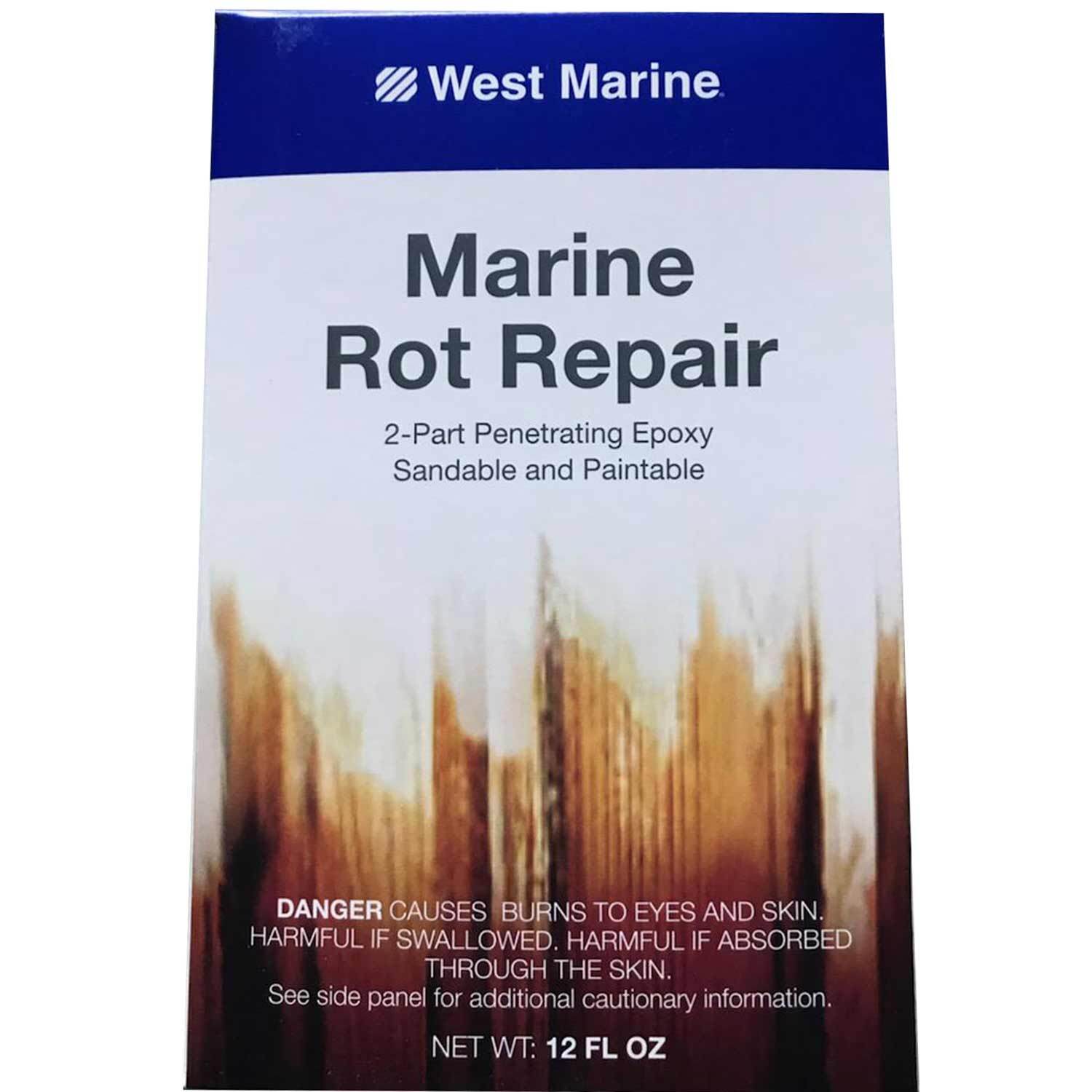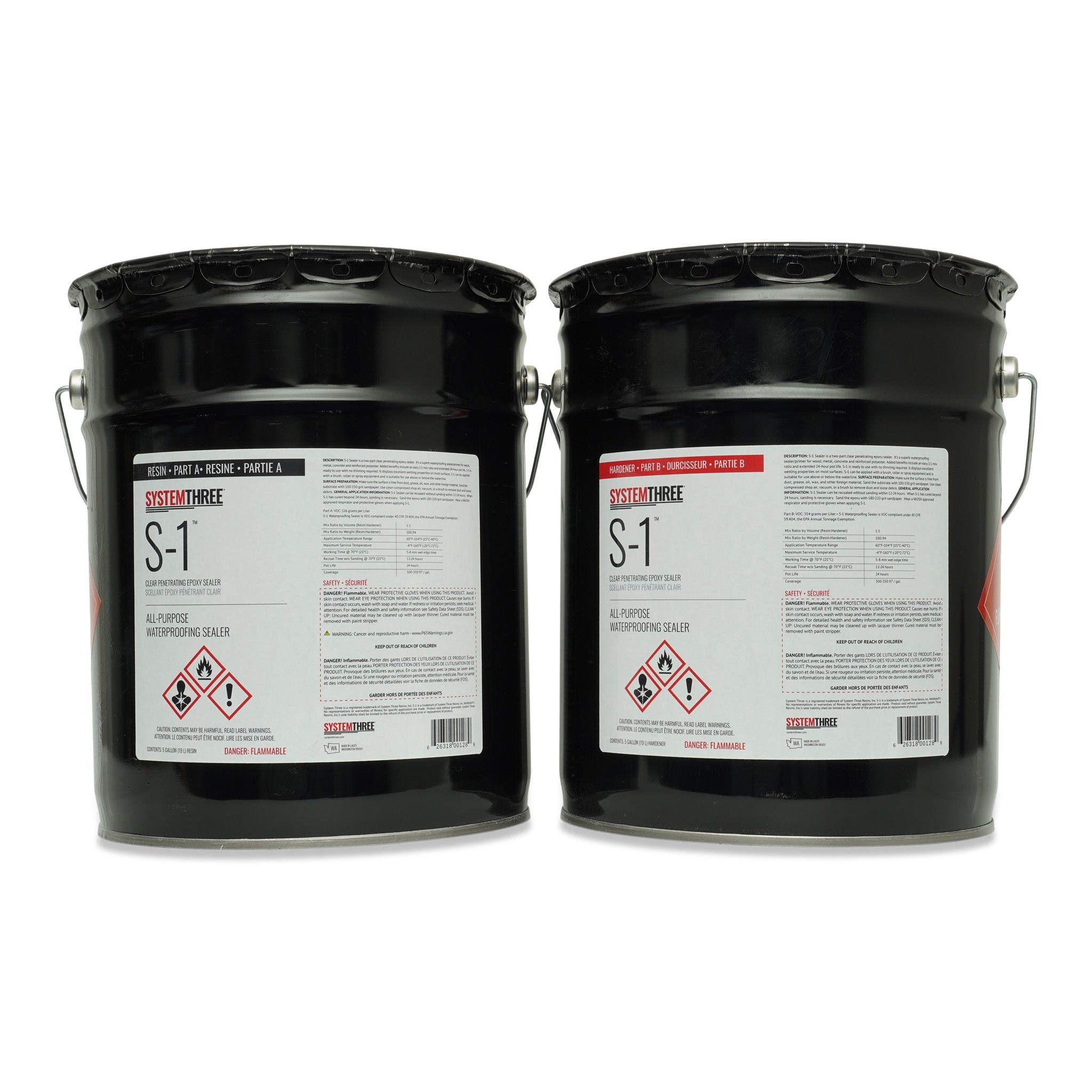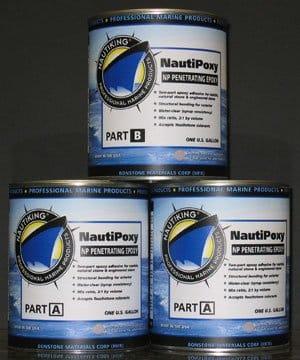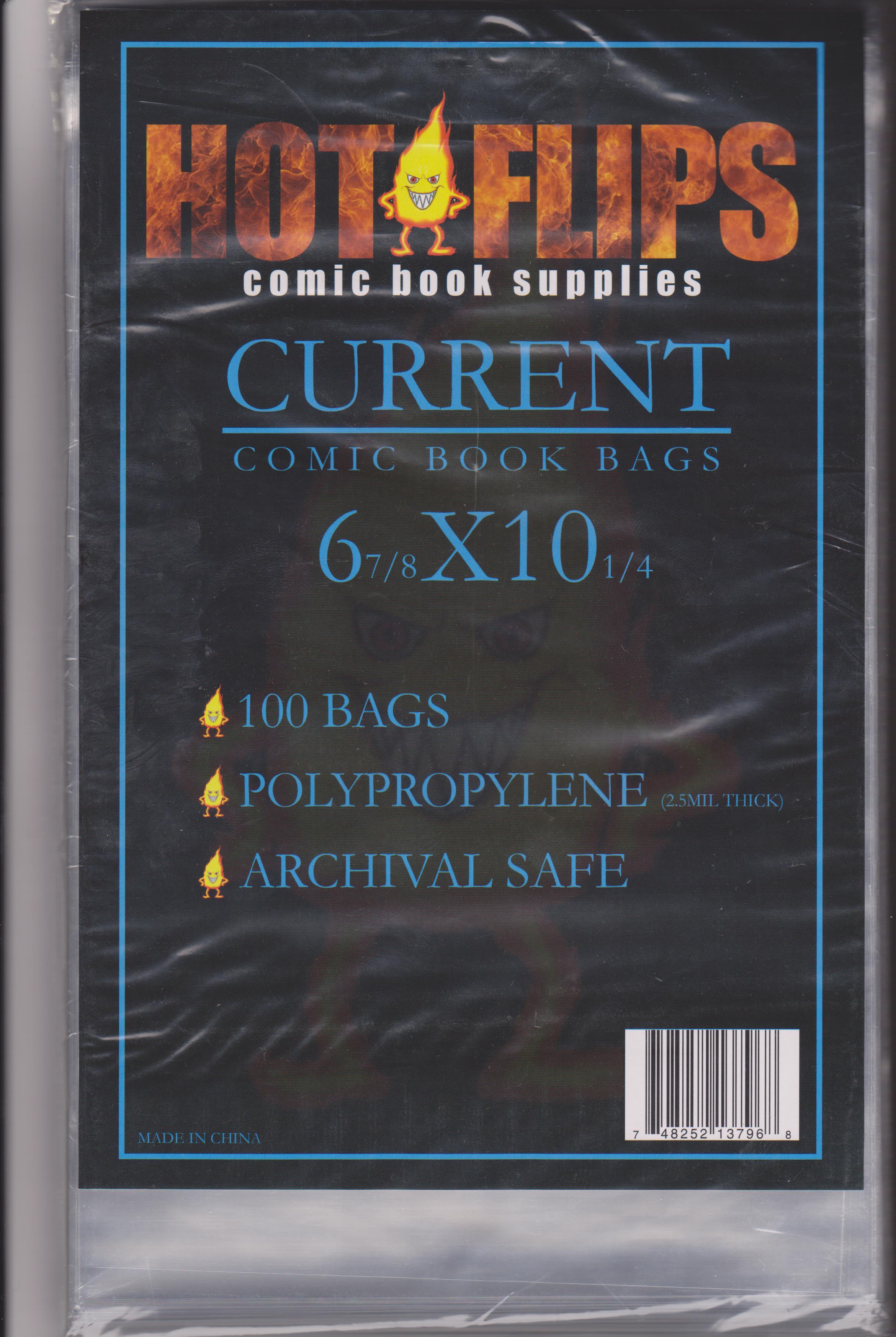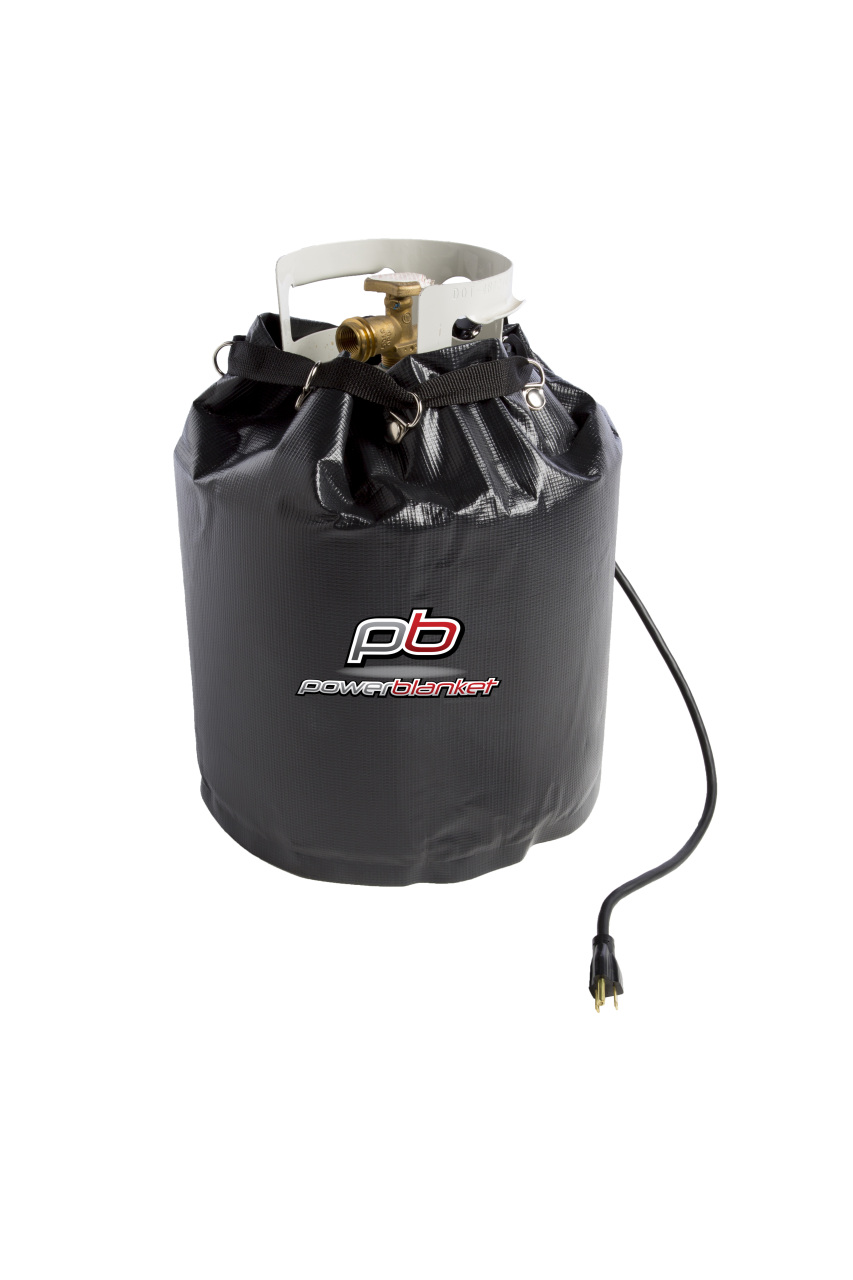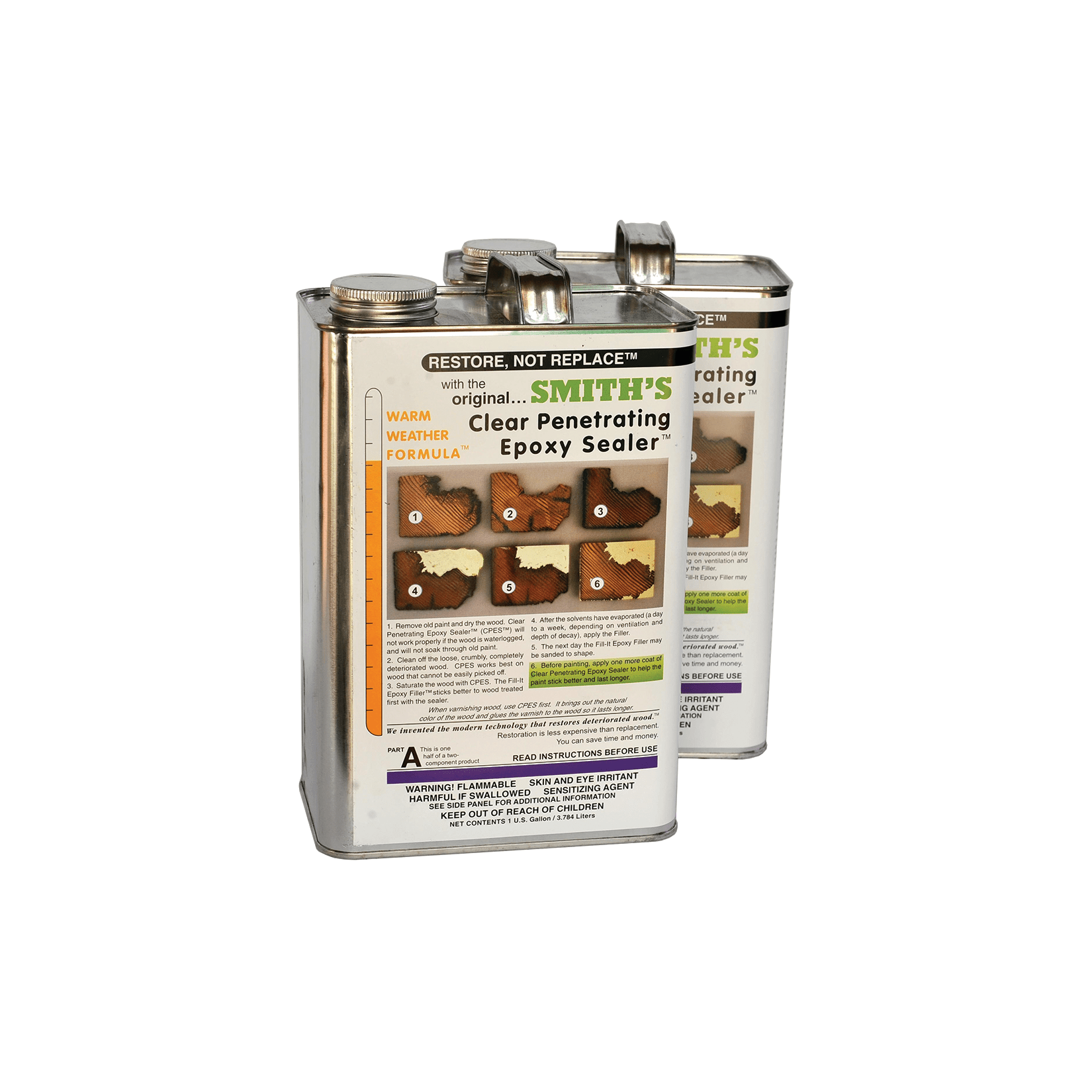
Restor It CPES-8 Fisheries Supply
Save More on Your Restor It #CPES-8 Restor-It Penetrating Epoxy Sealer System, 2 Pint Kit Warm Temp. Sealer at Fisheries Supply. Excellent Customer Service, Ready to Ship. Marine Supplies Since 1928!
Smith's Clear Penetrating Epoxy Sealer (CPES) has two primary uses in the marine industry, where wood rot is a fact of life:
Its super thin epoxy formulation and long working time allows it to deeply penetrate and stabilize rotted wood for subsequent restoration. Unique resin chemistry allows the Penetrating Epoxy Sealer to absorb any residual moisture in the wood - making it the most effective product available for treating rot.
Additionally, those same deep penetrating characteristics make CPES ideal as a wood sealer, and also as a primer for painting wood - where it forms a tenacious bond to paints, varnishes, .
CPES also seals concrete, mortar, and other consolidated porous materials, and is an essential component for the effective treatment of osmosis blisters on fiberglass hulls.
This Warm Weather Formulation of CPES is typically selected for use in temperatures from 65°F to 85°F. If the humidity is low, this range can be pushed into the low 90s.
Refer to the accompanying temperature range graphic. (Be sure to click on the image to expand it for easier viewing.)
For wood in good condition, Smith's Clear Penetrating Epoxy Sealer makes an excellent stand-alone sealer.
It is also a superior adhesion promoter/primer for paint and varnish.
Complete sealing is generally achieved in just one treatment. With a reputation as, the cure for paint failure, Smith's Epoxy Sealer is an ideal undercoat on plywood, building siding, etc.
For treating and restoring rotted wood, you need to use both components of Smith's wood restoration system:
After removing the observable rotted wood, use Smith's Penetrating Epoxy Sealer to seal the wood and solidify any remaining rot.
Then apply Smith's Filler Epoxy to fill the voids left when you cleaned out the crumbly rotted wood.
Finally, apply a final coat of Penetrating Epoxy Sealer as an adhesion promoter for subsequent paint coatings.
Special features of Smith's Clear Penetrating Epoxy Sealer
Longer working time than other epoxies allows maximal wood penetration
Solvent blend dissolves blocking sap, oil and moisture found in wood – allowing it to penetrate more deeply
Changes rotted wood into epoxy-impregnated cellulose which resists further attack by rot-causing fungi while reinforcing the wood
Exhibits toughness and flexibility comparable to the original wood so it moves with the wood, preventing cracks that would allow water and fungus spores to re-enter
Allows wood to continue breathing - so it doesn't trap moisture under the surface
Treated wood is highly resistant to a re-occurrence of dry rot
Sealer forms an exceptionally strong bond with a wide variety of varnishes, paints, adhesives, and caulking – assuring adhesion to the substrate wood
Not limited to boats, Smith's Penetrating Epoxy Sealer is also ideal for repairing and restoring wood rot in homes, basements, garages, barns, and other structures
CPES can also consolidate crumbly concrete, and old mortar between bricks
Apply using brush, roller or immersion; do not spray
Clean-up solvent will dissolve and clean-up sealer while still wet; once cured, no clean-up solvent is effective
Filler Epoxy for re-building rotted sections is high strength, light weight, non-sagging, and easily sanded
Filler Epoxy must be used over a coat of the Penetrating Sealer to ensure the strongest bond
The moisture content of treated wood must be less than 20% so as to not overwhelm the moisture absorbing capabilities of the sealer resin
Heavy on the technical side
Only recently was it discovered that paint peels due to air-borne fungi rotting the wood in a thin layer just under the paint layer. The peeling paint problem has increased since the outlawing of lead (a preservative), and the lower rot resistance of the faster grown wood demanded by today's lumber mills.
Smith's Penetrating Epoxy utilizes a unique solvent and resin system to attack the air-borne wood rot fungi as no other product does.
It penetrates wood better than other rot treatments because its unique solvents combine with the naturally occurring residual water in all wood – thus penetrating deeper.
Competing penetrating epoxies made using water-repellent petrochemicals such as benzyl alcohol cannot do this. None of Smith's products use benzyl alcohol.
Thin as water, the solvents in CPES not only dissolve moisture in the wood, they also dissolve sap and oils — allowing the epoxy to gain access to the wood's xylem tubes, along which it flows deep into the wood.

4G/LTE CPE WIFI Router Modem with sim card slot WAN/LAN Ports Broadband Hotspot CAT4 CPE With SMA Connector Antennas
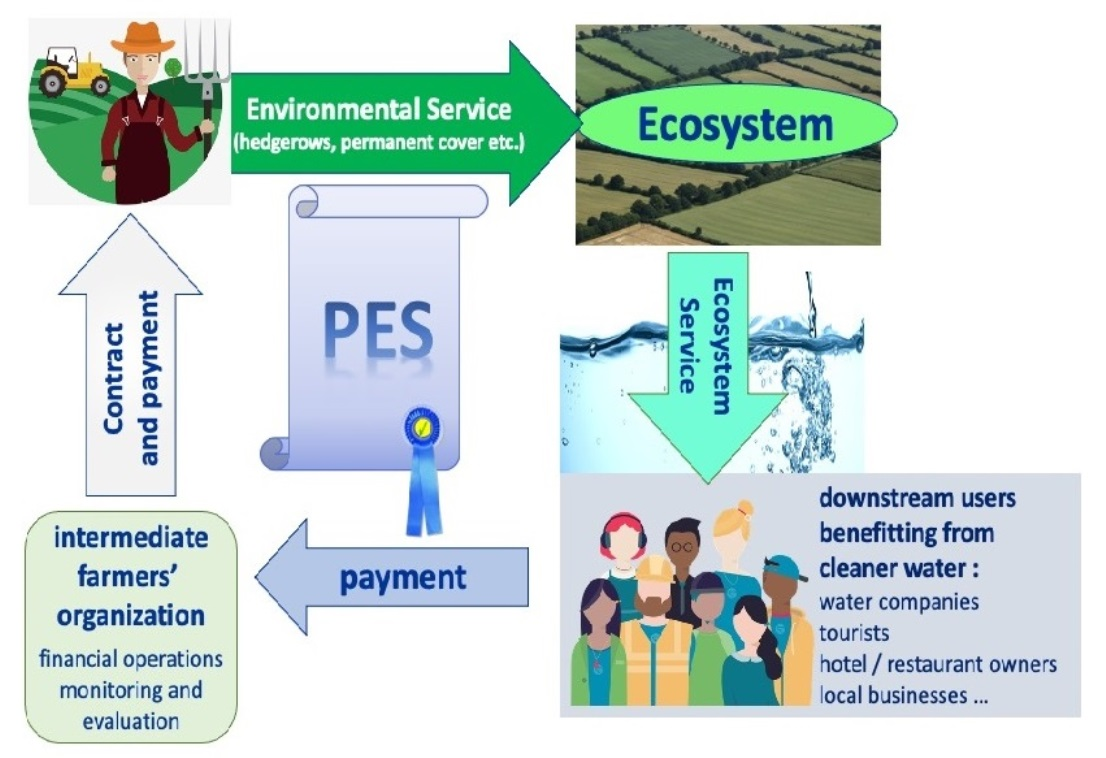
Water, Free Full-Text

Payment for environmental services related to aquifers: a review of specific issues and existing programmes

Relation between fish morphological differentiation and pressure drag difference - ScienceDirect

Meadowlands Magazine: May 2022 by Meadowlands Media - Issuu
Easy-to-use two-part low-viscosity formula penetrates seals preserves and protects hard and soft woods. Ideal for wood rot treatment and repair: prevents fungi mildew growth. Acts as a hardener for punky rotted wood. Low-viscosity no VOCs no harsh fumes. Easy cleanup with just soap and water. Epoxy kits are available in regular and cold-weather formulas in quart half-gallon and gallon sizes. Simple 2:1 resin to hardener mix ratio provides reliable results every time.
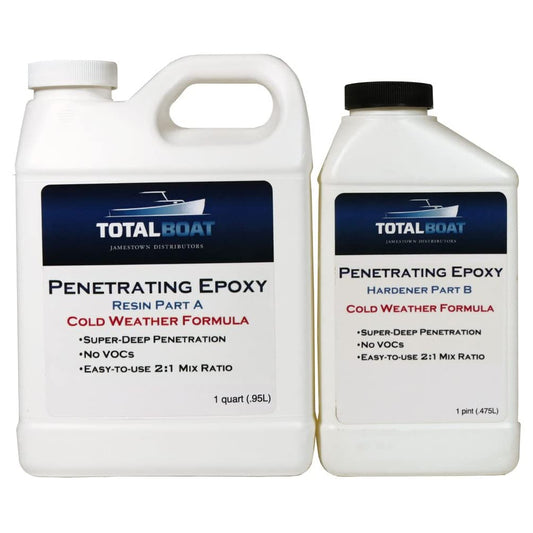
TotalBoat Penetrating Epoxy Sealer Cold Weather Gallon

Draft programme and budget for 2024-2025 (42 C/5)

Kawkawlin River Watershed Summit

PDF) Synthesizing Professional Opinion and Published Science to Build a Conceptual Model of Walleye Recruitment

Handling (Nano)Silver as Antimicrobial Agent: Therapeutic Window, Dissolution Dynamics, Detection Methods and Molecular Interactions - Abram - 2020 - Chemistry – A European Journal - Wiley Online Library

Exploring the Role of Carbon-Based Nanomaterials in Microalgae for the Sustainable Production of Bioactive Compounds and Beyond
